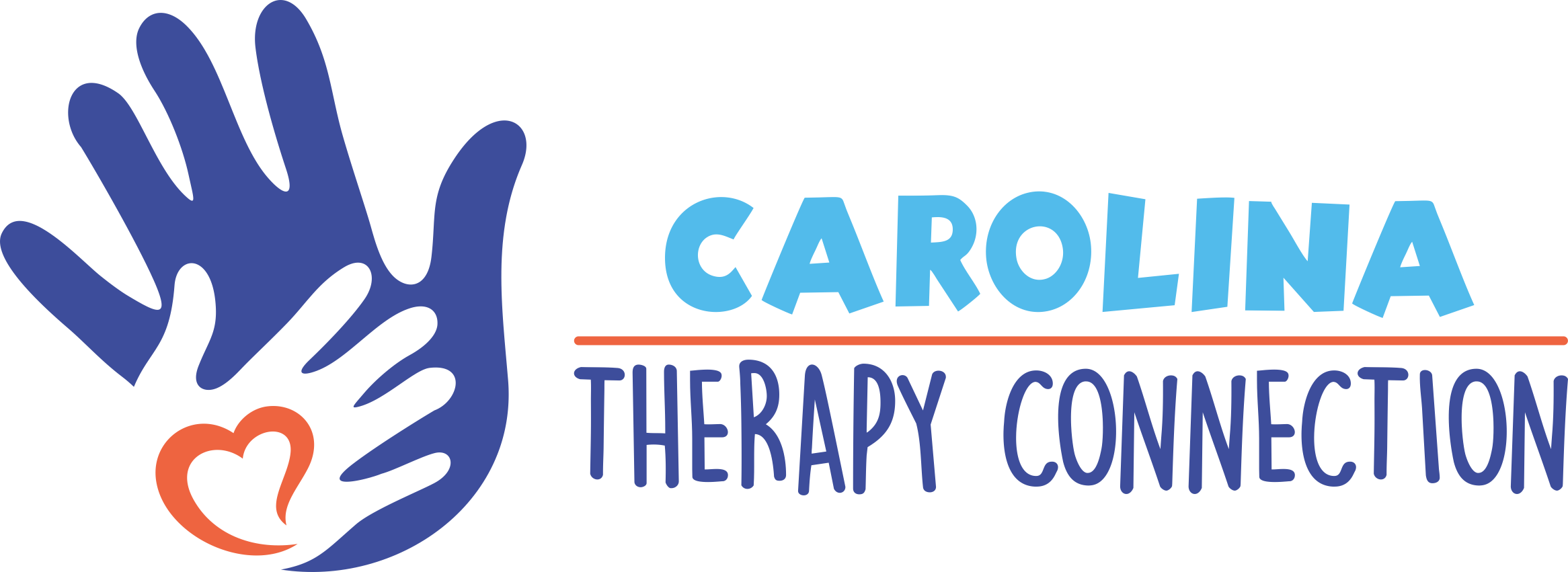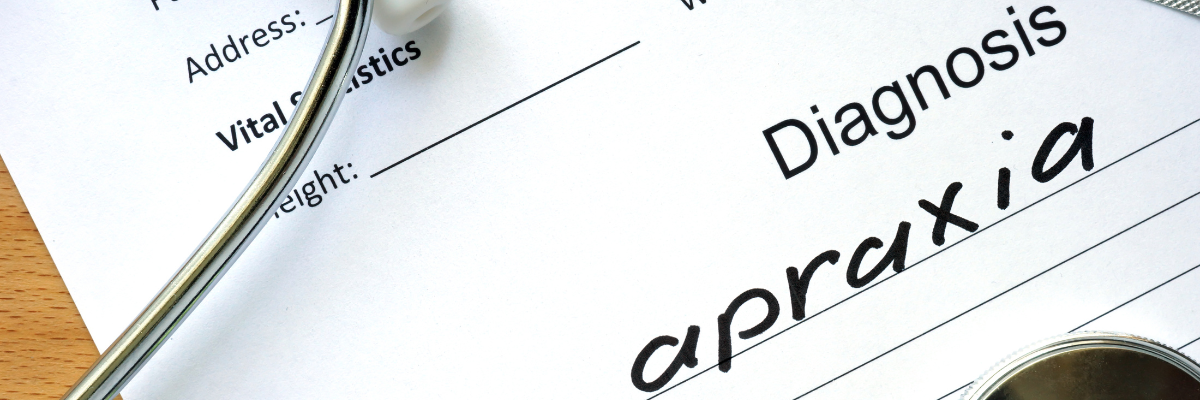What is Childhood Apraxia of Speech?
Childhood Apraxia of Speech (CAS) is a motor speech disorder that originates from the brain, impacting the planning and execution of precise movements required for speech. Unlike other speech disorders, Childhood Apraxia of Speech (CAS) is not related to muscle weakness or paralysis but is a result of difficulties in neural pathways that control speech.
Causes and Risk Factors of Childhood Apraxia of Speech (CAS):
Understanding the causes and risk factors of CAS is crucial. While the exact cause is often unknown, some factors, such as genetic predisposition, neurological abnormalities, or brain injury, may contribute to the development of CAS.
Symptoms:
Recognizing the signs of CAS is essential for early intervention. Common symptoms include: difficulty pronouncing words, inconsistent speech errors, limited vocabulary, and challenges with speech rhythm and intonation.
Diagnosis:
Accurate diagnosis of CAS involves a comprehensive assessment by speech-language pathologists. The evaluation may include analyzing the child’s speech patterns, motor coordination, and other related skills. Early diagnosis is vital for effective intervention.
Intervention Strategies:
Addressing CAS typically involves speech therapy tailored to the individual needs of the child. Therapists work on improving motor planning, coordination, and overall speech production. Parents and caregivers play a crucial role in supporting these efforts through consistent practice and reinforcement.
Support for Families:
A diagnosis of CAS can be overwhelming for families. Providing information, resources, and emotional support is essential. Connecting with support groups and organizations specializing in CAS can offer valuable insights and assistance.
How Can Speech Therapy at Carolina Therapy Connection Help?
Speech therapy plays a crucial role in supporting individuals with apraxia. Apraxia of speech can also significantly impact communication skills. Speech therapists are trained professionals who use various techniques and strategies to help individuals with apraxia improve their speech abilities.
Here are some key ways in which speech therapy aids individuals with apraxia:
-
Individualized Treatment Plans:
Speech therapists assess each individual’s specific speech difficulties and create personalized treatment plans. These plans are tailored to the person’s age, severity of apraxia, and other individual factors.
-
Motor Speech Exercises:
Therapy sessions often involve motor speech exercises that target the coordination and sequencing of oral-motor movements. These exercises help individuals develop muscle memory and improve their ability to produce clear and accurate speech sounds.
-
Repetition and Practice:
Repetition is a fundamental aspect of speech therapy for apraxia. Consistent practice and repetition of targeted sounds, syllables, and words contribute to the reinforcement of correct speech patterns.
-
Use of Visual Aids:
Visual aids, such as pictures, diagrams, and videos, are commonly incorporated into speech therapy sessions. Visual cues can enhance understanding and assist individuals in forming the correct sounds and word sequences.
-
Phonetic Drill and Kinesthetic Feedback:
Phonetic drill exercises involve practicing specific speech sounds. Kinesthetic feedback, where individuals feel and become aware of their oral-motor movements, helps reinforce correct articulatory patterns.
-
Promoting Communication Strategies:
Speech therapists work on improving overall communication skills. This includes teaching alternative communication methods, such as sign language or augmentative and alternative communication (AAC) devices, to enhance communication effectiveness.
-
Parent Involvement:
In the case of children with apraxia, speech therapists often involve parents in the therapy process. Providing parents with strategies and exercises to practice at home can contribute to the overall success of the therapy.
-
Gradual Progression:
Speech therapy for apraxia is often a gradual process. Therapists focus on small, achievable goals and celebrate milestones as individuals make progress in their speech development.
-
Adaptability and Flexibility:
Speech therapists continuously assess progress and adjust therapy plans as needed. This adaptability ensures that the therapy remains effective and responsive to the individual’s evolving needs.
10. Promoting Confidence and Independence:
Beyond improving speech skills, speech therapy aims to boost individuals’ confidence in their ability to communicate. This confidence is vital for social interactions and overall well-being.
In conclusion, speech therapy is a vital component in helping individuals with apraxia overcome communication challenges. Through targeted exercises, personalized treatment plans, and ongoing support, speech therapists play a crucial role in facilitating improved speech and communication skills in individuals with apraxia.
By: Renee Anderson, SLP

